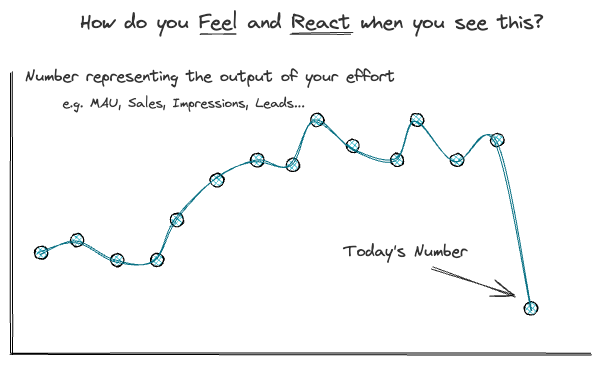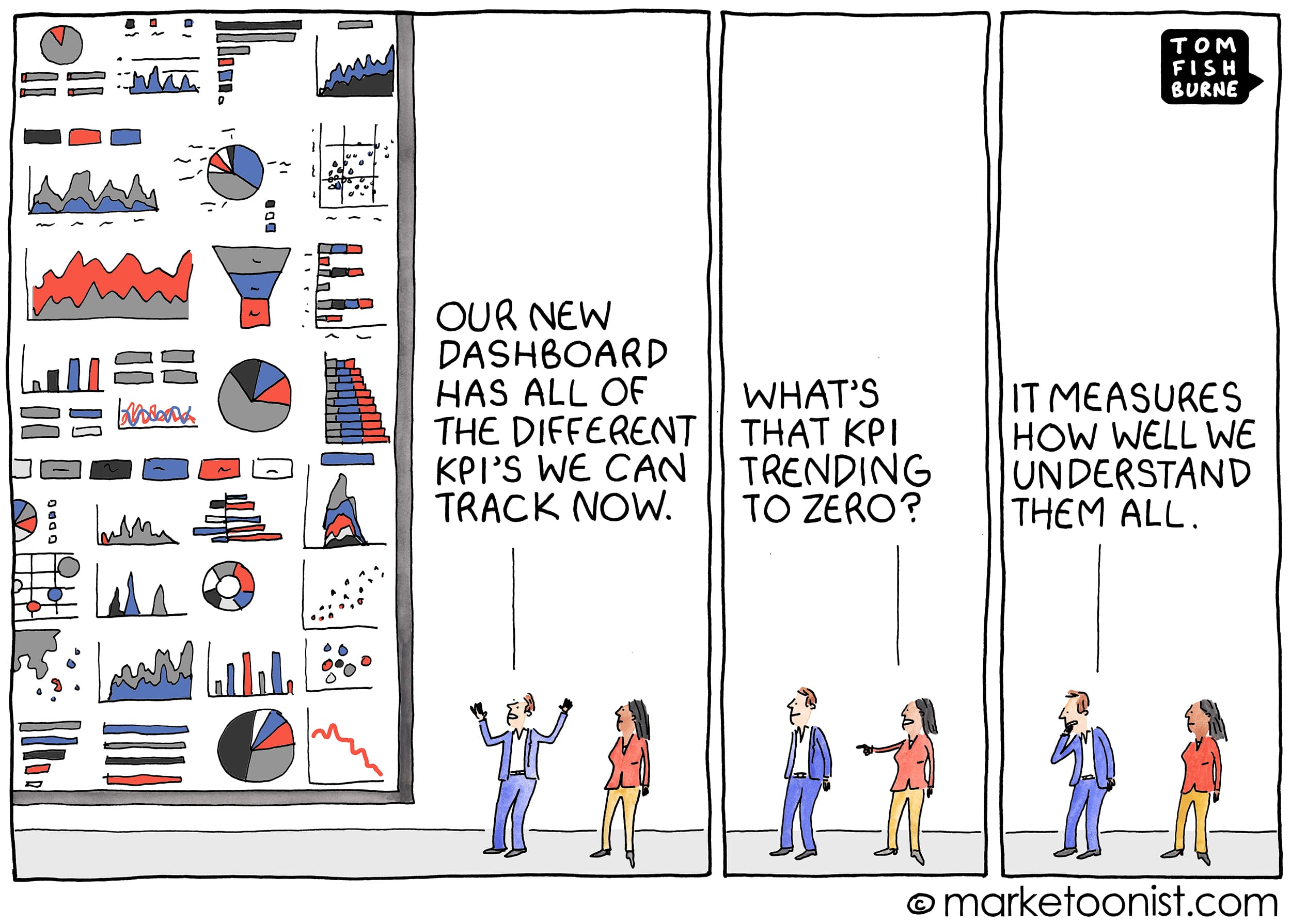
When I was in high school, I worked at the neighborhood deli making sandwiches. I operated the grill, preparing bacon, egg, and cheese sandwiches, and I made all the sandwiches and hot plates for the post-school rushes. At that time, I didn't think much about it; it was just another job. Reflecting on the challenge of creating successful AI bots to answer questions in the realm of self-service analytics, I didn't realize how many valuable lessons I had unconsciously learned from the experience and how applicable they are to this problem.
Let's take a step back.
If you have worked at a deli counter, you might have noticed there are three types of people. The fast ones—these are the customers who will rattle off exactly what they want, providing all the details. They want their order as quickly as possible with minimal interaction. Then, there are the minimal ones—these customers might say, "I want a ham sandwich," which is clearly not enough information to make anything. They sort of imply that you have to read their minds, and you end up asking, "What kind of bread do you want?" "Did you want cheese? What kind of cheese?" Then, there are the undecided ones—these customers ask questions to help them make up their minds, like "What's good today?" or "Is the eggplant parm good?"
But here's the thing: all of them want someone to make a sandwich for them, yet they all expect vastly different levels of context and interaction to get what they need.
This is true for people who interact with data. Some will know exactly what they want and how to ask the most succinct question, wanting their question answered quickly. Some will need clarification because they haven't thought through how to ask a question yet. And some will not even know how to begin asking a question.
Trying to help all of them with a single tool is such a challenge—a challenge we love, by the way. There are so many different expectations, and currently, only some software solutions cater to some people. If you consider the existing tools for data and extend the analogy of getting a sandwich, it goes like this:
Write your own SQL Code, or use a SQL client to get your own data:

Asking people to use this is saying, "You want a sandwich? Go to the store and get your own ingredients."
Use a SQL client and use these saved queries, like in Redash or Metabase or phpMyAdmin:

This is like saying, "Oh, you want a sandwich? Here's a recipe; make it yourself."
Use this dashboard I made for you in Tableau or Mixpanel.

"Oh, you want a sandwich? You get this cheese sandwich or an egg salad. If you want something else, wait until next week."
However, using SimplyPut you get to talk to AI Expert who can answer and ask you questions back to get that context.
"Oh, you want a sandwich? What do you want me to make? Do you want any recommendations? Here is what i know about …."
SimplyPut, We can help you make tasty data sandwiches 🥪


